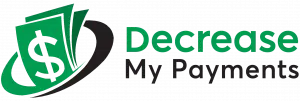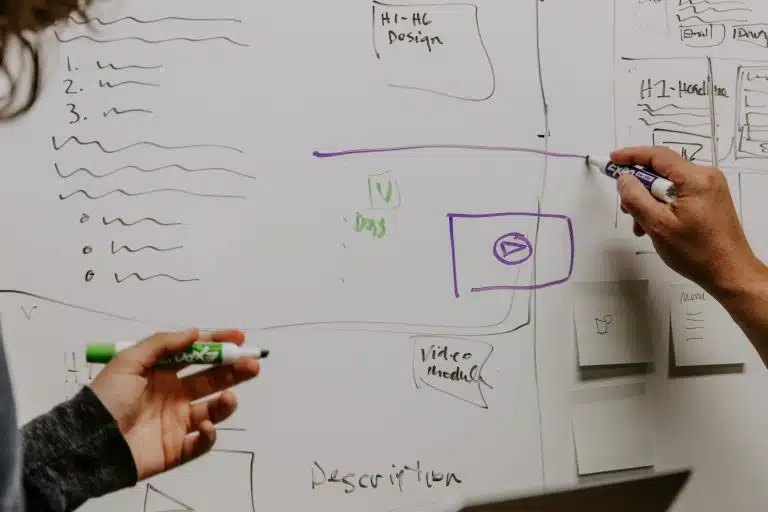If you’re burdened by insurmountable credit card debt, building better money habits may help relieve that load. Despite what a lot of people assume, paying off debts can be quite easy.
The path to your financial goals merely involves careful planning and diligent execution. You may even follow these four strategies in order to pay credit card debt swiftly.

Take your Debts Down, One by One
There are do-it-yourself methods in eliminating credit card debt called the debt snowball and the debt avalanche. They both involve paying off debts, one balance at a time. Other debts must remain current by meeting each of their minimum payments. However, what distinguishes the two apart is the order your debts will be repaid.
The debt snowball focuses on your smallest debt first, then proceeding to repay the next smallest balance. This aims to keep you motivated in repaying your debts. Each small amount you pay back may feel like small victories that provide the momentum you need to continue. It’s the best technique to use for those who may lack discipline in handling their finances.
For those who are confident in consistently paying off debt, the debt avalanche may serve as a more expedient method. It’s the polar opposite of the snowball method, completing payment for the largest debt then proceeding with the next in size. Repaying larger balances keeps interest rates low.
Pay Above Minimum
A common money habit is to pay only the minimum for debts. As a result, people usually prolong completing payments in their bills. In contrast, one of the good money habits is to pay above that threshold. Doing so will reduce the amount you owe in interest as your extra payments deduct from existing interest and the principal eventually.
You may try this on your next installment by increasing the amount of payment. On the following installment, you may see a decrease in your interest. After all, that is derived from your principal balance, so reducing that original amount will also lessen the interest. To track how this will apply to your bill, check the statements sent by the credit card company.
Consolidate and Eliminate
Your several debts accrue interest separately, and together they burden your financial situation further. Fortunately, there’s a way to eliminate them in one fell swoop called debt consolidation.
It involves taking out a huge loan then paying all your debts with that lump sum. Afterward, you’re left with a singular loan and a lower interest rate.
Read More: What is Debt Consolidation?
Balance Transfer
You can perform this strategy in two ways by either using a balance transfer or taking out your home equity. The former utilizes a balance transfer card to pay the aggregate of your debts across multiple bank accounts. That summary amount will have a lower interest rate attached, as low as 3% to 5%.
In fact, balance transfer cards may have 0% introductory APR for about a year. Without interest, this may give you a considerable window of opportunity to focus payments toward your original balance. However, beware of failing to repay your debts within the intro duration. After that period, the card will charge interest like a regular credit card, increasing your debt.
Home Equity Loans
If you have a home, it may provide a unique strategy in taking on debt called home equity. This is a percentage of the difference between your home’s current value and your existing mortgage. You may take out as much as 85% from that amount, depending on various conditions. This may provide ample funds for paying off your debts.
However, it poses a substantial risk as it holds your home as collateral. Fail to pay diligently and punctually, and you may face foreclosure. Be absolutely certain that you can pay your home equity loan back before taking it out. Alternatively, you may apply for a home equity line of credit (HELOC), borrowing only limited amounts from your equity and minimal risk.
Check if you qualify in two simple steps
- Step 1 –
- Step 2 –
Plan Your Budget
Of course, the most beneficial method in long-term personal finance is by making wise financial decisions. Particularly, you must include spending money frugally and saving money diligently as better money habits. After all, doing the opposite involves the bad habits that have sunk many people deeper into debt.
To help with practical spending, you may plan a written budget following the “50-30-20” rule. This guideline allocates 50% of your income for your essentials, 30% for your non-essentials, and the remaining 20% for savings. To begin with this method, compute your income minus your expenses. The resulting difference will be the income you’ll use for the allocation guideline.
Next, differentiate your expenditures into corresponding categories such as transportation and entertainment. Determine which ones are truly necessary and include them in your 50% allocation. The ones you can live without, such as online streaming subscriptions, should be discontinued so you may put your money to better use.
Afterward, you may now have a lot of money to spare for a savings account. Your money habits must include saving goals, so you may have enough set aside for emergencies or other important purposes. Start saving at least 20% of your income early, so you may cover sudden emergencies without borrowing money.
Lastly, you should use the 30% of the money left for stuff you like. Contrary to popular belief, spending on luxuries occasionally isn’t a bad money habit. In fact, effective budgeting involves using the money for stuff you just felt like buying. You’ve worked hard to earn income, so you should make your money work by rewarding you with a new smartphone or other stuff you really want!
Read More: Debt Strategy Options
Verdict
Aside from these tips, there are other debt reduction methods available. Look for any possible way to reduce your debts on the internet or at your friendly financial institution nearby.
To keep track of the money you’ve spent, check your credit card statements and other billing documents. Most importantly, don’t hesitate to ask for help regarding your financial situation.










